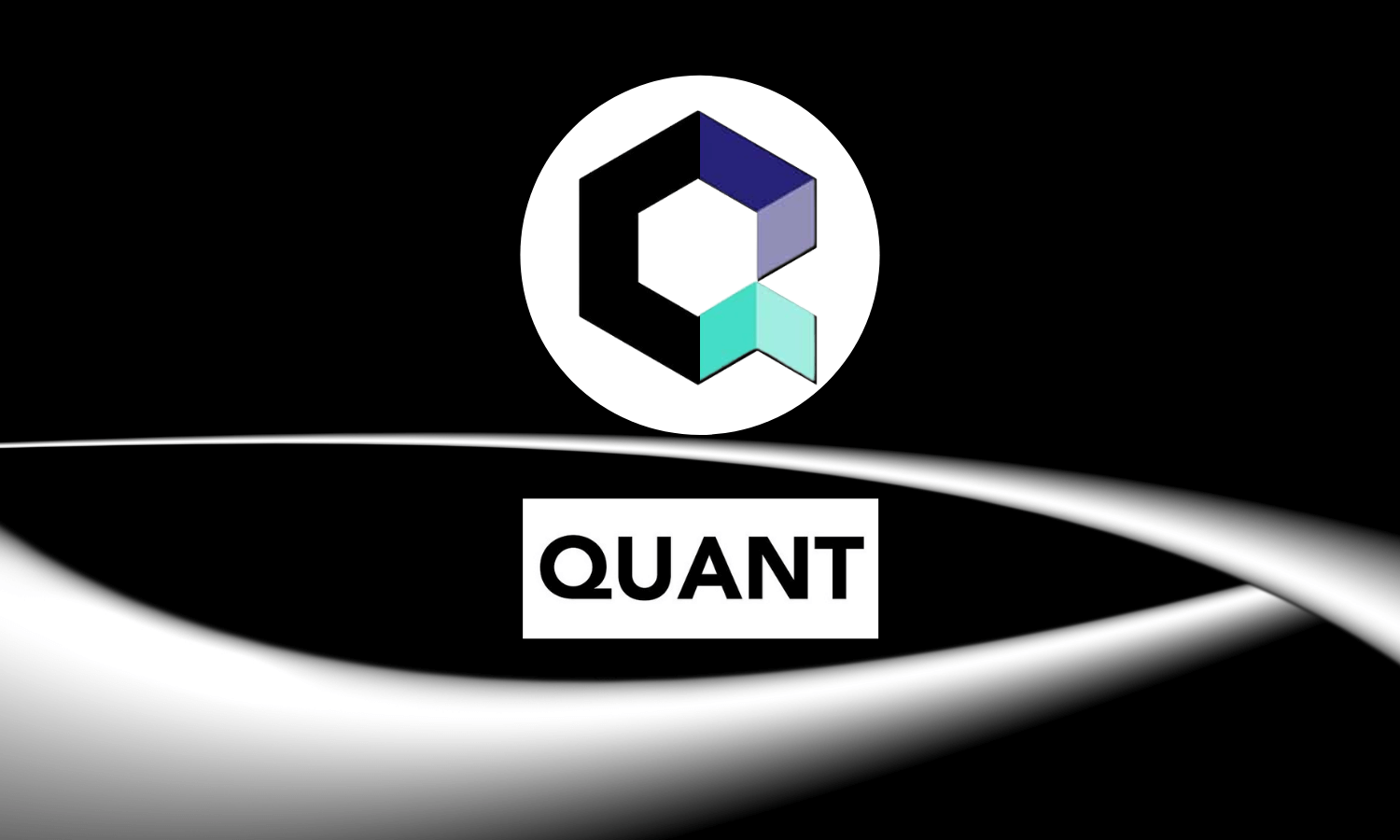Quant (QNT): What is it?
Quant (QNT) Networks promote interoperability between blockchains and distributed ledger technologies (DLTs).
Quant (QNT): Overview
Founder of Quant network Gilbert Verdian was working in the healthcare sector when he came up with the idea for blockchain. Interoperability is key to covering patients whose records are on multiple platforms, according to Verdian.
Verdian has more than 20 years of experience upgrading the security, technology, and business strategy of companies around the globe for measurable results.
Previously, Verdian held positions that include chief information security officer (CISO) or company, chief information officer for a Mastercard subsidiary, and chief information officer for eHealth NSW. He also served as security lead for the Ministry of Justice in the UK.
Secondly, Dr. Paolo Tasca is a digital economist, entrepreneur, and expert in distributed systems. Dr. Tasca has advised numerous central banks and the EU Parliament on blockchain technologies.
Besides co-authoring several books on fintech, he founded the Retail Blockchain Consortium and chairs its governing board.
Quant Token
Quant (QNT), a native token just like most other blockchain-based platforms, features its native utility token. Utility tokens are designed to serve a variety of functions within the Quant ecosystem.
One requirement for developers and enterprises is that they must purchase licenses. Tokens are purchased with fiat currency and locked for 12 months on layer 2 payment channels after they are paid to the Quant Treasury in fiat currency. A QNT token is also required to run a gateway for an annual fee. They get a cut of every transaction fee that goes through their setup.
Quant (QNT): How Does it Work?
Through Quant’s Overledger DLT gateway, which allows decentralized networks to seamlessly communicate across platforms, Quant enables web applications to integrate with different blockchain and distributed ledger technologies (e.g., DAG, blockchain).
One of Quant’s main products is the Overledger Enterprise Platform, a DLT gateway specifically designed for business organizations. Companies can easily connect their preexisting infrastructure to the blockchain with this simple API gateway. Several blockchains can be accessed via the platform’s REST API, a standardized interface that makes interacting with blockchains easy.
Businesses can use MAPPs, or multi-DLT smart contracts, utilizing Quant’s technology. The decentralized applications (DApps) tie together data and capabilities from multiple distributed ledgers to deliver functionality previously inaccessible due to limitations of existing platforms.
Besides multi-ledger tokens (MLTs), Quant supports another type of digital asset that is backed by real funds in escrow. Stablecoins, loyalty points, vouchers, and central bank digital currencies can all be represented with MLTs. Quant’s Overledger technology enables them to be issued to and used on multiple distributed ledgers at the same time.
Quant is operating on version 1.5 of its mainnet as of June 2021, and Overledger 2.0 has begun to be deployed. At the moment, the Overledger team focuses largely on onboarding developers, blockchains, and applications to the Overledger network, but the roadmap is not fixed.
Does QNT Move?
Recently, Quant was added to Coinbase, which opens up this digital asset to many retail investors. Furthermore, a new update to the network’s technology has allowed interoperability with different distributed ledger technologies.
A bear market often favors cryptocurrencies that have clear real-world applications. The decentralized data connection is one of the reasons Chainlink was able to outperform most other cryptocurrencies last year.
What Makes Quant Different?
Innovators have found use cases for blockchain and distributed ledger technology in nearly every industry. Despite this, seamless interoperability between the two campaigns has been an issue. To bridge the gap between these “different” blockchains, Quant was created.
Quant’s Overledger operating system enables any blockchain project to access any other blockchain using the Quant platform. A blockchain application that uses it can also link to other applications that rely on it, such as Ethereum.
Quant creates different levels of interaction among apps at different levels, rather than simply multiple blockchain interactions. With Quant, you can conduct transactions, send and receive messages, filter and order messages, share and reference identical messages related to other applications.
In the Quant App Store, transactions for multiple ledgers can be read and analyzed. Overledger lets developers write smart contracts regardless of the chain they’re writing them on – including networks such as Bitcoin where smart contracts aren’t supported. Multichain applications (MApps) can also be created and released through the store.


